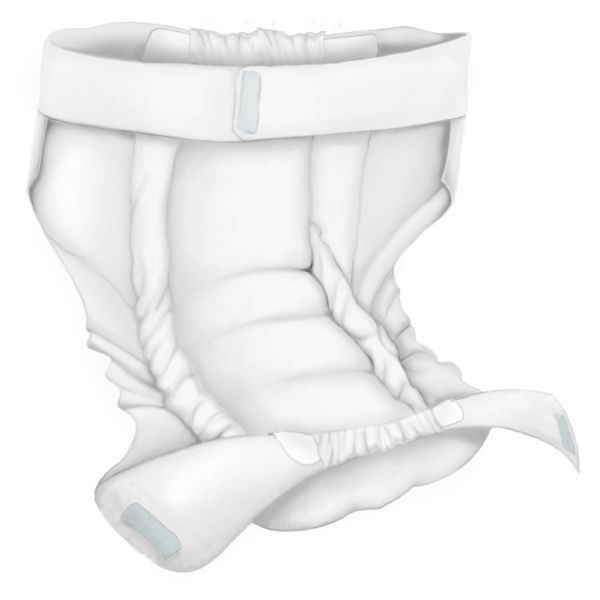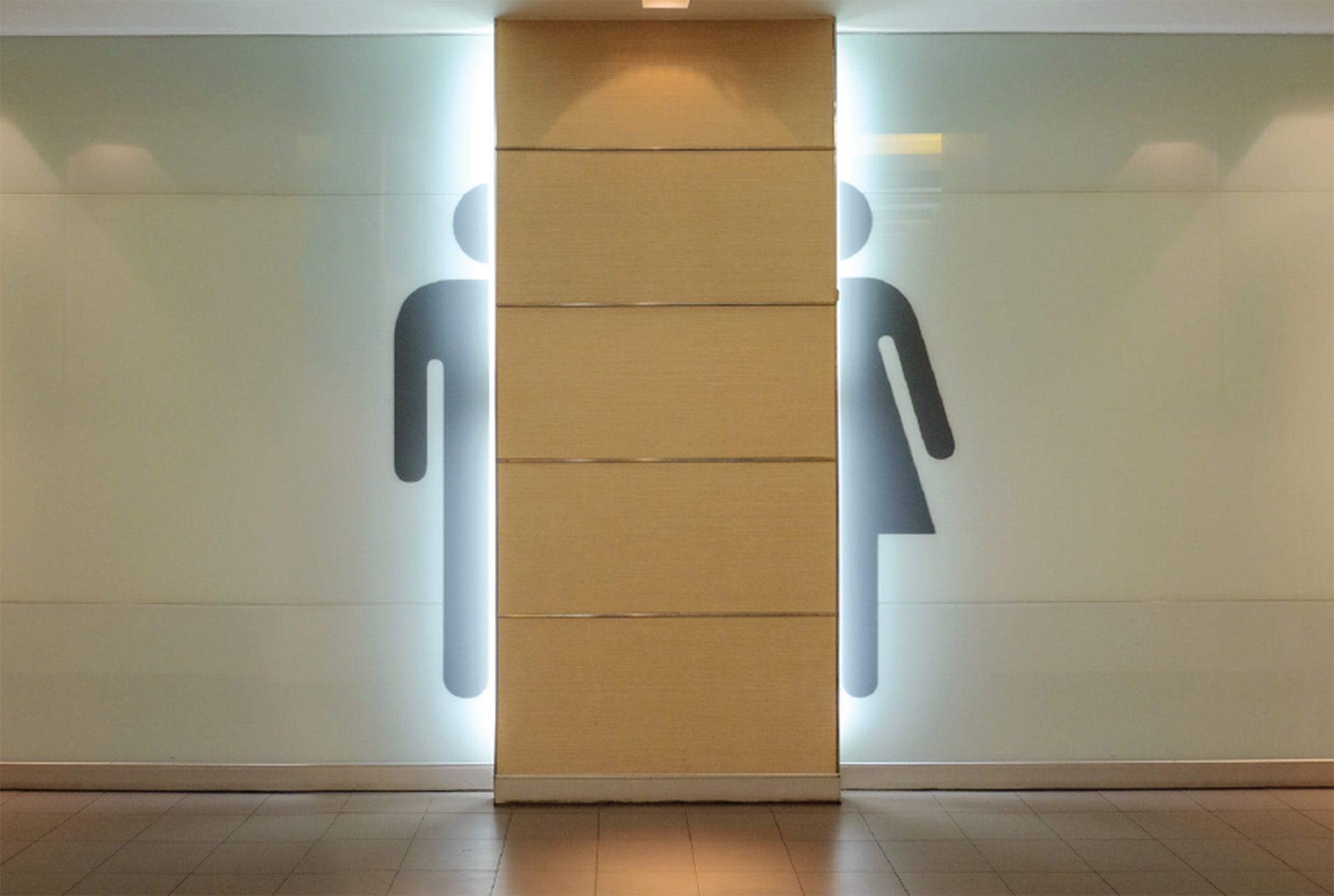Incontinence can have various causes. Understanding the underlying cause and type of incontinence is vital to understanding the different treatments and products that are available.
The most common cause of incontinence is weakening or damaging of the pelvic floor muscles. Incontinence can also be caused by underlying neurological disorders, prostate problems and more practical problems such as poor accessibility of the toilet – for example in the case of blindness or a physical disability.
One thing the different types of incontinence have in common is that in most cases something can be done about it. Consulting a doctor or health care professional in time is very important.
Stress incontinence or exercise incontinence
Incontinence in physical exercise due to weakened pelvic floor muscles is also called stress incontinence or exercise incontinence. It is the most common form of incontinence.
Pregnancy incontinence
Pregnancy is a common cause of incontinence in women. As a result of hormonal changes and the pregnant belly, the pelvic floor muscles can place extra pressure on the bladder.
Urge incontinence
Urge incontinence is a type of incontinence in which a sudden urge to urinate cannot be suppressed. Urge incontinence is sometimes caused by nervous disorders, while stress, medication and excessive alcohol consumption can also play a role.
Overflow or drip incontinence
In the case of overflow incontinence, a person is unable to empty their bladder entirely. Overflow incontinence often occurs as a result of damage to the nerves and muscles around the bladder. Sometimes known as ‘drip incontinence’.
Functional incontinence
Functional incontinence is a form of incontinence in which the bladder works well, but because of a psychological or physical condition it becomes difficult to reach the toilet independently and in time. Functional incontinence often occurs in people with eye problems and patients who are bedridden.
Reflex incontinence or neurological incontinence
Reflex incontinence or neurological incontinence is a collective term for incontinence caused by neurological disorders such as Parkinson’s disease and Multiple Sclerosis (MS).
Overactive Bladder
Overactive bladder or sensitive bladder covers a range of urinary symptoms covering the feeling of needing to urinate frequently.
Fecal incontinence
Fecal incontinence is the unintentional loss of stool. The most common cause of fecal incontinence is damage or weakening of the anal sphincter muscle. This can be caused by congenital abnormality or from complications from surgery.
Abena offers a wide range of incontinence pads to help with continence management and improve the quality of life for those who live with these symptoms.
Our incontinence supplies cover everything from incontinence pads in numerous sizes and shapes to bed protection products such as absorbent under pads and protective sheets. We even have specialized products like fecal incontinence pads, gender specific products such as male incontinence pads shaped for the male anatomy and junior products.
Each type of incontinence can lead to different degrees of leakage, which is why it is important to find the right incontinence product for your individual need.












